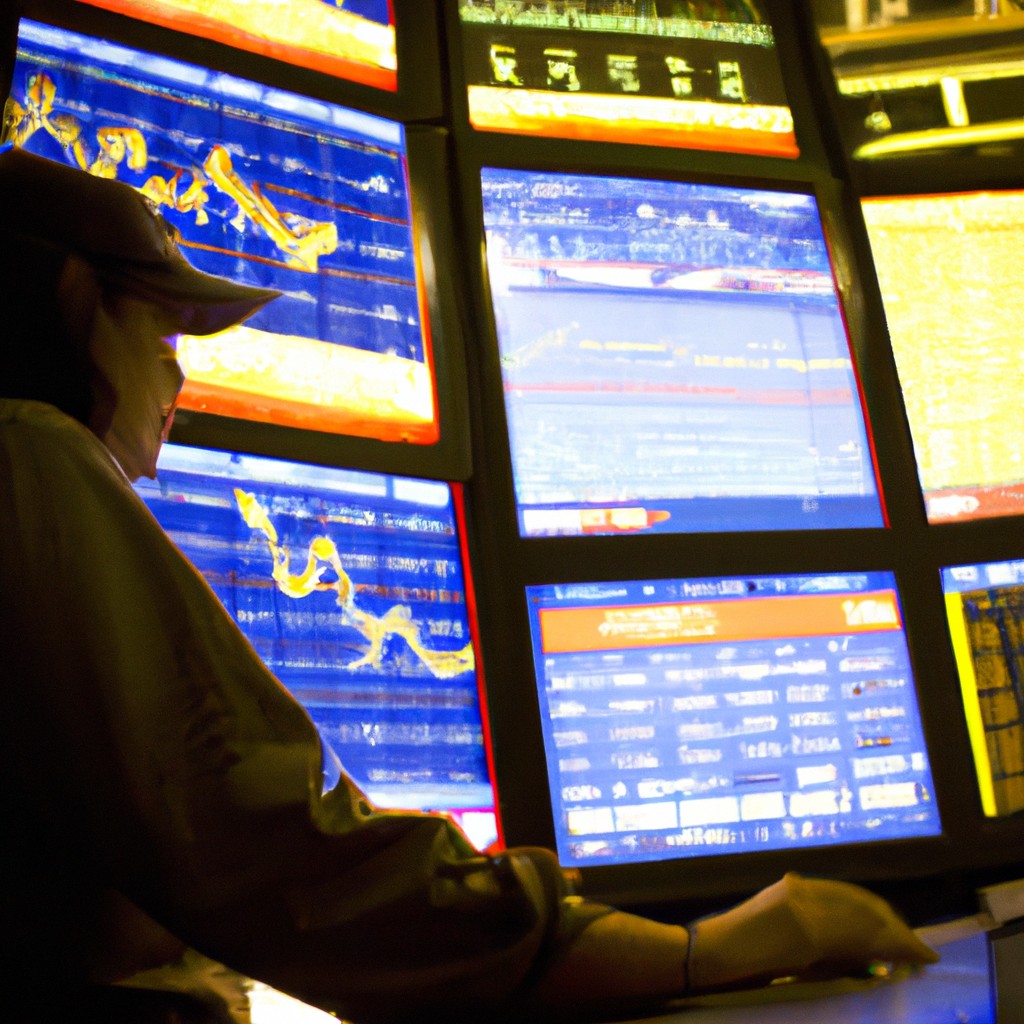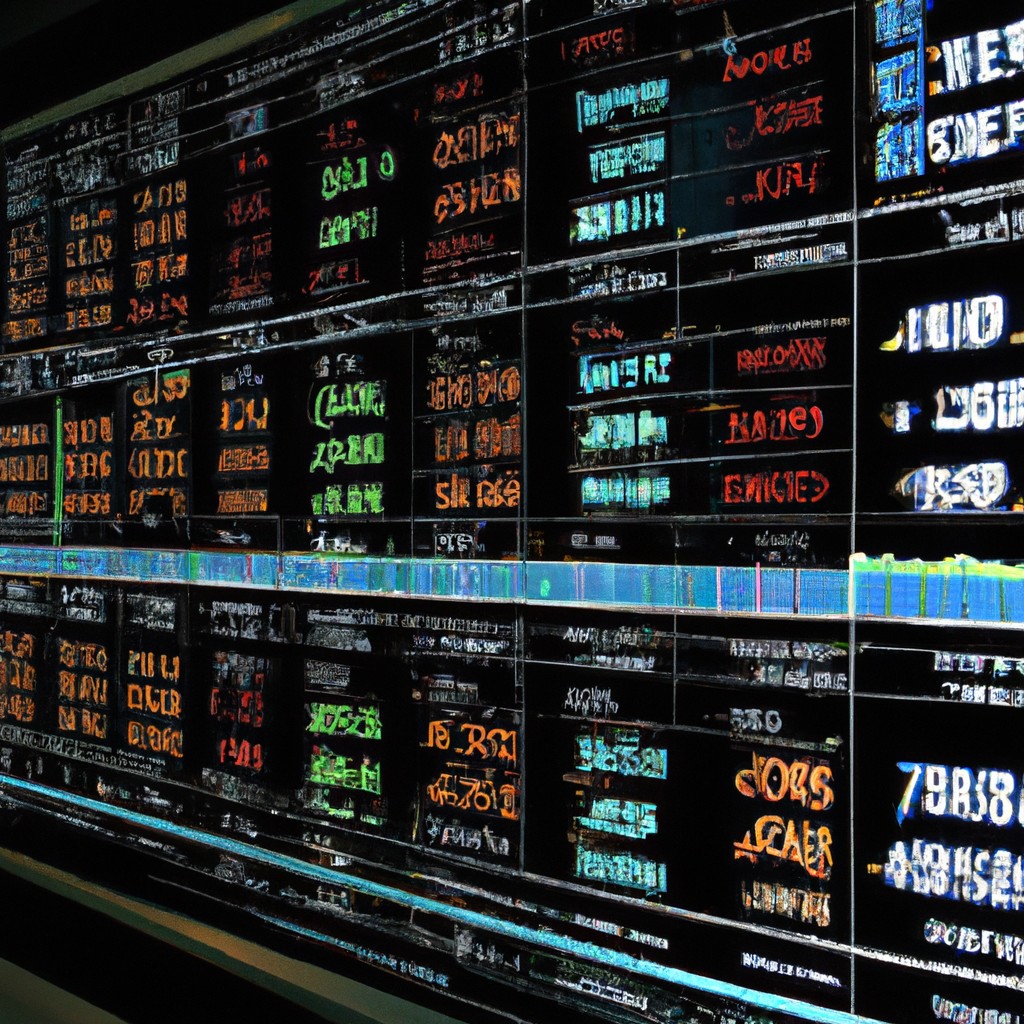Stock market after-hours trading

After-hours trading occurs outside regular market hours, allowing investors to buy and sell stocks. This period opens up new opportunities for traders to react to breaking news or events that could impact stock prices. Despite the potential benefits, after-hours trading also comes with risks, including decreased liquidity and higher volatility. It's crucial for investors to be vigilant and informed when participating in after-hours trading to mitigate these risks effectively. Understanding the nuances of after-hours trading can help investors make informed decisions and potentially capitalize on market movements that occur after the regular trading day has ended.
Read more
Impact of Robinhood on stock trading trends.

Robinhood, a commission-free trading app, revolutionized stock trading trends by attracting a younger demographic. It simplified trading, inspiring many novices to invest in the stock market. This increased market activity, especially among tech companies and volatile stocks. However, critics raised concerns about inexperienced investors risking significant losses due to the platform's ease of use. Despite this, Robinhood's user-friendly interface continued to shape the modern trading landscape, fostering a culture of day-trading and speculative investing. Its influence on market volatility is significant, as seen in the frenzied trading of meme stocks like GameStop and AMC Entertainment.
Read more
Stock market volatility during after-hours trading

Stock market volatility tends to increase during after-hours trading due to lower liquidity levels. This can result in larger price fluctuations than regular trading hours. Investors may react impulsively to news releases, causing sudden price movements. Market orders may lead to unexpected execution prices in this environment. Traders need to exercise caution and use limit orders to manage risks effectively. Understanding after-hours trading dynamics is crucial for successful participation in this market phase. It is important to stay informed about relevant news and events that can impact stock prices outside of regular trading hours. Staying vigilant and adapting strategies are key to navigating after-hours volatility.
Read more
Differences between after-hours and regular trading hours

During regular trading hours, the stock market is open, allowing investors to buy and sell securities. After-hours trading occurs outside normal market hours and can have lower liquidity and higher volatility. Regular trading takes place between 9:30 a.m. to 4:00 p.m. After-hours trading happens before the market opens or after it closes. Price changes in after-hours trading may not reflect the next day's opening price. In after-hours trading, news can greatly impact stock prices since trading volume is lower. Unlike regular trading, after-hours trading can have wider bid-ask spreads and limited participation from investors. Monitoring both regular and after-hours trading is crucial for informed decision-making.
Read more
IBM’s performance in midday trading

IBM shares surged in midday trading, delighting investors with a remarkable upward trend. Market analysts closely monitored the stock's performance, reflecting widespread optimism in the technology sector. The company's strong financial results fueled the buying spree, pushing its stock price higher. Traders eagerly capitalized on the positive momentum, attributing IBM's success to strategic investments and robust business strategies. The buzz around IBM's midday rally reverberated throughout the trading floor, drawing attention from seasoned investors and newcomers alike. This significant uptick in IBM's performance underscored the company's resilience and competitiveness in the ever-evolving market landscape.
Read more
Trading firms in the UK

Trading firms in the UK play a vital role in the economy, facilitating the exchange of goods and services. These firms often operate in competitive markets, facing challenges and opportunities. Experienced traders navigate complex market dynamics, utilizing strategic insights to make informed decisions. The UK's trading landscape is diverse, with firms specializing in various sectors like finance, technology, and agriculture. As global markets evolve, trading firms in the UK adapt to new trends and emerging technologies. Successful trading firms prioritize risk management and leverage innovative tools to optimize their operations. Collaboration and partnerships drive growth and innovation within the UK trading industry.
Read more
Market trends in equities trading

Market trends in equities trading can shift rapidly, influencing investor decisions. Following these trends helps traders anticipate future movements and make informed choices. Monitoring market indicators, such as price-to-earnings ratios and moving averages, provides valuable insights to support investment strategies. Analyzing historical data and staying updated on economic news are essential practices for navigating the dynamic equities market. Market sentiment can sway prices, creating opportunities or risks for traders. Implementing risk management strategies is crucial to protect investments during volatile market conditions. Proactive monitoring and careful analysis empower traders to capitalize on emerging opportunities and mitigate potential losses.
Read more
Impact of trading results on financial markets

Trading results have a profound impact on financial markets. Positive results often lead to market optimism and increased investment. Conversely, negative results can trigger panic selling and market downturns. Investors closely monitor trading outcomes to assess economic health and make informed decisions. The ripple effect of trading results can be felt across various sectors, influencing consumer confidence and overall market stability. Market analysts use these results to predict future trends and adjust strategies accordingly. Understanding the impact of trading outcomes is crucial for investors to navigate the volatile nature of financial markets effectively. Ultimately, trading results play a pivotal role in shaping the global economy.
Read more
Strategies for trading stocks during premarket hours

Trading stocks during premarket hours requires careful planning and analysis to capitalize on early market movements. Stay informed about relevant news and market developments to make informed trading decisions. Use limit orders to control your buying and selling prices effectively. Keep an eye on stock volume and price trends to identify potential opportunities or risks. Develop a premarket trading strategy that aligns with your risk tolerance and financial goals. Take advantage of the increased volatility during premarket hours to make profitable trades. Remember to monitor your positions closely and adjust your strategies as needed. By staying disciplined and adaptable, you can navigate the challenges and opportunities of premarket trading successfully.
Read more
Top stock movers in premarket trading

Stock market enthusiasts closely monitor premarket trading to identify top stock movers before the market opens. Today, several stocks are displaying significant movement premarket, catching investors' attention. As early bird traders seize opportunities, excitement and anticipation fill the air. Prominent companies such as XYZ Corp are leading the pack with a surge in trading volume. The market dynamics at play are fascinating to witness, with sharp price movements reflecting investor sentiments. It's a thrilling rollercoaster ride for traders, analyzing charts and making quick decisions to capitalize on these volatile moments. The premarket flurry sets the stage for an eventful trading day ahead.
Read more












